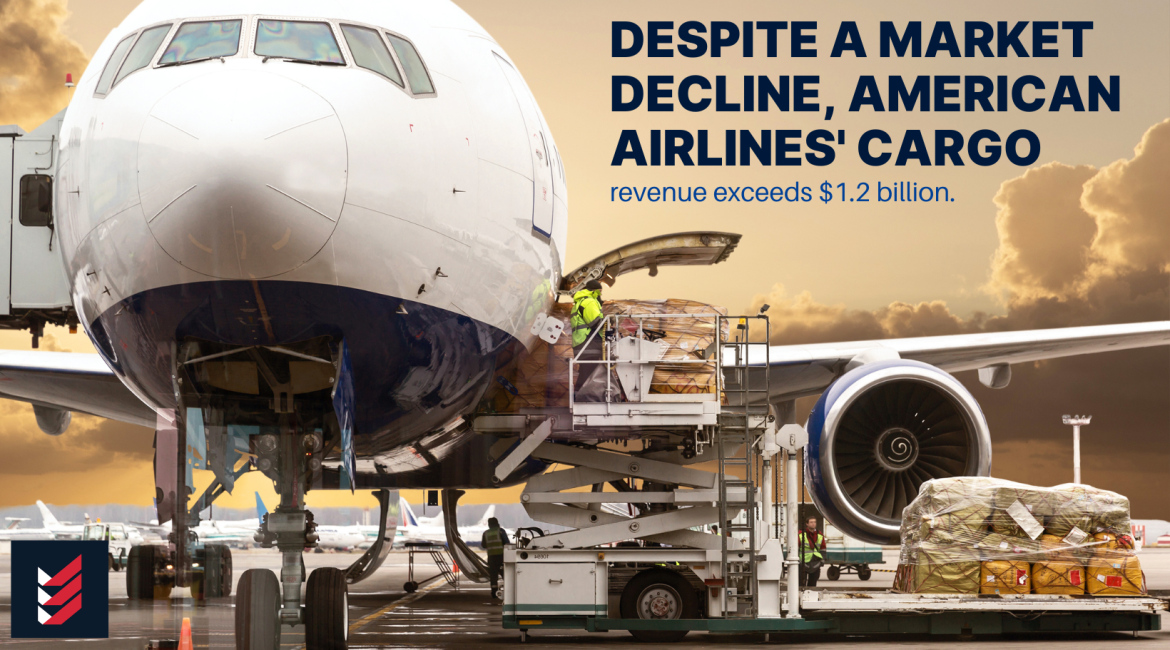For cargo at American Airlines, the fourth quarter was a mixed bag. Cargo revenue fell faster than the rest of 2022 on the surface, but yields remained well above the pre-pandemic baseline, and the company still generated the second-best annual cargo sales in its history.
The carrier based in Fort Worth, Texas, reported $263 million in cargo revenue for the final three months of the year, a 23% decrease from the market high set in 2021 as the yearlong slowdown in business accelerated. The results were 22% better than in 2019, a benchmark for stable business before the COVID crisis shook the global economy, and the same as in 2018, a strong year for the air cargo industry and American Airlines’ (NASDAQ: AAL) best quarter before 2021.
American’s cargo revenue for the full year was $1.23 million, down 6.2% — $80 million — from 2021, but 42.5% higher than in 2019 and nearly 22% higher than the previous high-water mark in 2018.
Future Expectations
On the earnings call, CFO Devon May stated that management expects cargo revenue to fall slightly in 2023.
In 2022, all airlines saw lower cargo earnings as high inflation and global economic uncertainty crimped consumer spending, retailers with large inventories reduced overseas orders, and cargo flowed back to ocean transport, which had less congestion and lower rates. The fourth quarter is traditionally the busiest shipping period before the holidays, but bookings remained low.
United Airlines (NASDAQ: UAL) won the cargo prize once again, with $472 million in fourth-quarter revenue and $2.17 billion in revenue for the year. However, it lost more ground than American, with quarterly and full-year declines of 35% and 7.6% versus 2021, respectively.
Delta Air Lines (NYSE: DAL) also passed the $1 billion mark, despite cargo revenue falling more than 18% to $248 million in the third quarter.
Performance Metrics
Cargo ton miles, which measure the impact of distance hauled on revenue, fell about 5.5% in the fourth quarter and year. Quarterly yield fell 18.3% as a result of lower demand and more cargo capacity entering the market as passenger carriers resumed more flights following COVID. However, at 57.4 cents per ton mile, the average rate was 21 cents higher than in 2018 and 2019 — yet another indicator that falling rates will not return to pre-pandemic levels due to high fuel, labor, and other costs.
Passenger demand remained strong in the fourth quarter, telling a positive story. American Airlines earned $803 million in net income, more than making up for losses in the first half of the year on record revenue of $13.2 billion. Cargo accounted for 2% of total revenue, returning to normal after increasing to 4% in the previous two years.
American had a 10.5% operating margin and ended the year with $12 billion in liquid assets after paying off a $1.2 billion loan.
The first three weeks of the year had the most bookings in a decade, according to management, indicating strong travel demand for the year.
